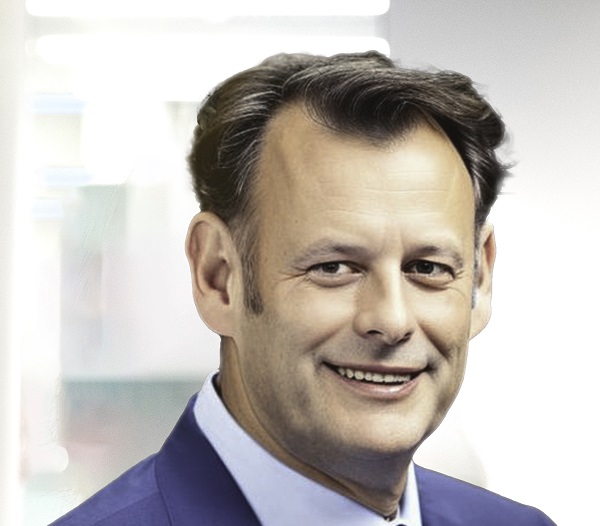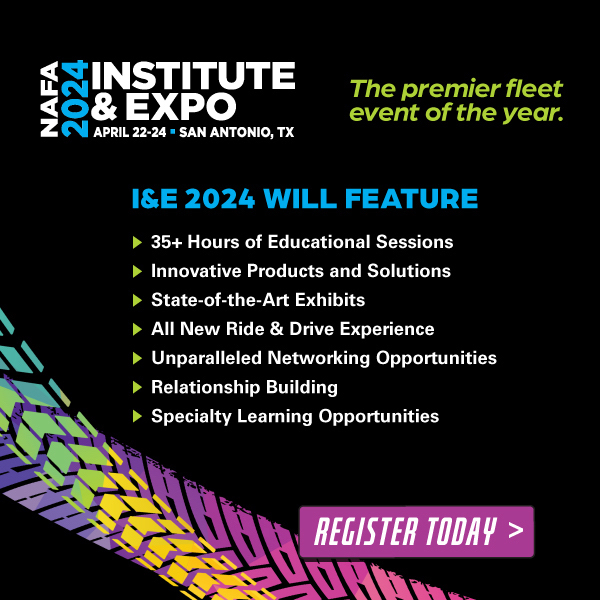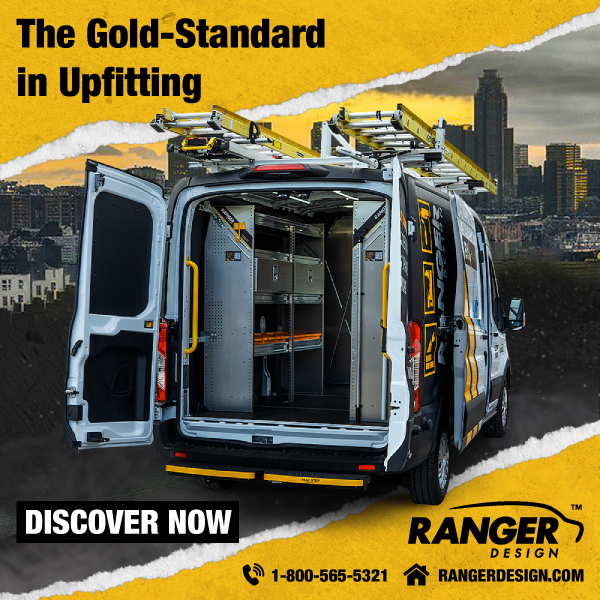
By Fleet Management Weekly Staff
August 30, 2023
EROAD’s fleet performance management platform uniquely helps fleets enhance driver safety, automate tax and compliance initiatives and streamline maintenance, while lowering their carbon footprint through a connected platform of hardware and IoT sensors, driver-facing apps, and video telematics. Transportation, food and beverage, and construction, businesses have been receptive to the EROAD approach, says Craig Marris, EROAD’s Chief Sustainability Officer and Executive Vice President of Transportation and Cold Chain.
EROAD deals with heavy, medium, and light duty vehicles, and offers specialized solutions for refrigerated and construction fleets. They’re headquartered in New Zealand and also operate in Australia and North America. Their North American business is currently growing rapidly. To learn more about how EROAD is helping fleets reach their sustainability goals, we sat down with Mr. Marris:
How can EROAD help fleets who want to reduce their carbon footprints without going electric?
We look at it in three ways: we start with the driver, then we look at the asset, then the load. Starting with the driver, there’s a lot we can do around driver behavior. We utilize data from onboard telematics, as well as information from forward and driver-facing cameras, of which there’s a large proliferation right now. These can exhibit and provide a lot of really important insight and information about how the driver is actually driving.
One thing we try to determine is how aggressively they drive. Are they using cruise control? If it’s a manual shift, how are they shifting? Typically, how aggressive they are can have a huge influence in terms of overall emissions. Not only that, but also safety is a big element, as well as the general efficiency of the vehicle, which flows into maintenance and vehicle uptime.
 There’s a lot you can do with driver behavior to try to get them into the green zone on the leaderboards in our MyEROAD software application. That’s where our customers can score and rank drivers based on driving behavior. An important part of that is giving the driver feedback on how they’re doing and letting them know if they are exhibiting behavior that is optimal for them in terms of getting the best MPG for that vehicle.
There’s a lot you can do with driver behavior to try to get them into the green zone on the leaderboards in our MyEROAD software application. That’s where our customers can score and rank drivers based on driving behavior. An important part of that is giving the driver feedback on how they’re doing and letting them know if they are exhibiting behavior that is optimal for them in terms of getting the best MPG for that vehicle.
The second thing we look at is the vehicle itself, specifically looking through the lens of maintenance. Are they doing proactive maintenance? That’s really important because it can have a material impact on the actual overall emissions. The basics, like changing air filters and oil changes, to even the regen systems–all of that is super important.
The other element of the asset too is how old it is. In addition to maintenance, we look at whether they’re using data from telematics with engine fault codes to determine how well their vehicle is operating. That can then have a major influence on overall emissions.
The final thing we look at is the load the vehicle is carrying. Load efficiency is not just the physical load itself–it’s also how that asset has been routed to the delivery points. That’s a high science and there’s a lot that can be done in that area. I think machine learning and the access of information feeding these smart algorithms can help with more efficient routing and further reducing emissions. It’s about understanding what the load configuration needs to be to ensure you’re doing the delivery and meeting the service level agreement in the most efficient way.
Do you have a success story you can share?
There’s a fleet that’s been a customer of ours for many years called E.A. Sween. They provide services for 7/11, doing local deliveries across the United States. When they first started off as a customer, they were getting around five MPGs per mile. It was low. The challenge was finding a way to improve it.
The first thing we did without telematics was integrate to the engine management system. They had integrated workflows, so they were getting jobs. We brought that into the driver digitally, which meant that we’d integrated their routing system.
 They also had refrigerated units, what they call the straight trucks. Of course, when they’re running, they’re burning diesel. So, we assessed how the driver was doing, basically benchmarking where they were standing today, and used the data to find the areas of opportunity. It started out being all about driver behavior.
They also had refrigerated units, what they call the straight trucks. Of course, when they’re running, they’re burning diesel. So, we assessed how the driver was doing, basically benchmarking where they were standing today, and used the data to find the areas of opportunity. It started out being all about driver behavior.
One area was how aggressively they were driving, and another was even just understanding idling. If someone is doing the same route with the same vehicle, then why are we seeing different MPGs on these trips? Just getting access and visibility to that information was massive.
On the refrigeration side, we tried to understand how often the refrigerator units needed to run in order to protect their loads. Were they running continuously, or could they be put on auto start-stop? Once they got that information, they had full visibility with which they could influence driver behavior. They’ve been a real success story, and we continue to innovate with that customer as they make more and more improvements.
What else can you tell us about EROAD and about fleets reducing their carbon footprints?
It all comes back to the data. What we are doing with the information we collect from our customers is moving away from a transactional database, into a data lake where we can start analyzing the information a lot more.
We have a team of well-qualified data scientists and also work closely with our customers to get the operational lens, then curate the information using smart predictive algorithms. Part of being effective in AI comes down to the dataset. It’s about understanding the information or even the data that’s missing.
Another thing that’s really important is the partnerships and working with the OEMs. We know with these fleets, when transitioning to renewables or alternative fuels such as EVs, hydrogen, CNG, and so on, that it requires a big investment.
 It’s also a big transition for them because they have to think about the operations differently. They have to figure out how to transform their business in order to meet their goals of reducing emissions. We recognize that partnerships are really critical in this transition.
It’s also a big transition for them because they have to think about the operations differently. They have to figure out how to transform their business in order to meet their goals of reducing emissions. We recognize that partnerships are really critical in this transition.
We try to formulate the partnerships that are going to be really important in this whole ecosystem. There is going to be an ecosystem that’s got to work together, from the companies providing infrastructure, to the ones servicing infrastructure, to the ones selling equipment.
There is a transition going on. It’s starting to get legislated, so it’s a different game. That’s why EROAD appointed a Chief Sustainability Officer.
Can you talk about the benefit that EROAD has being headquartered in New Zealand?
New Zealand has been very forward-leaning on sustainability. By May 2024, we have to put all the risks and financial risks that we face in terms of what they call scope 2 and scope 3 emission. It’s work we’ve had in progress for some time. That’s a big deal.
In New Zealand, we can learn so much, almost as a proving ground for the initiatives that are going to be flowing through here in North America. They’re not exactly the same, but the reality is a lot of it does cover both countries. With EROAD being headquartered in New Zealand and working closely with the New Zealand government and EECA, we’ve done some really good things for our customers down here that we can actually flow through to North America.



